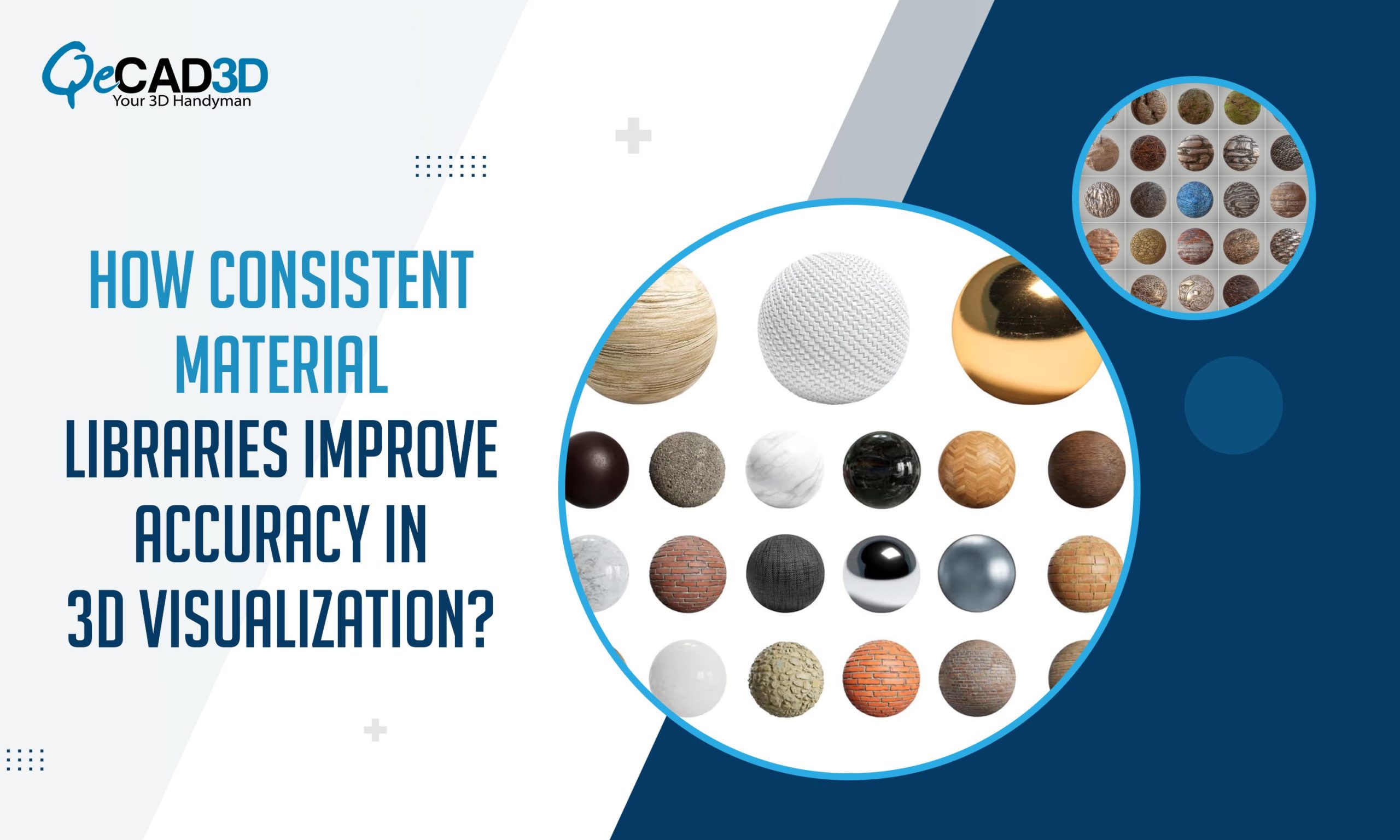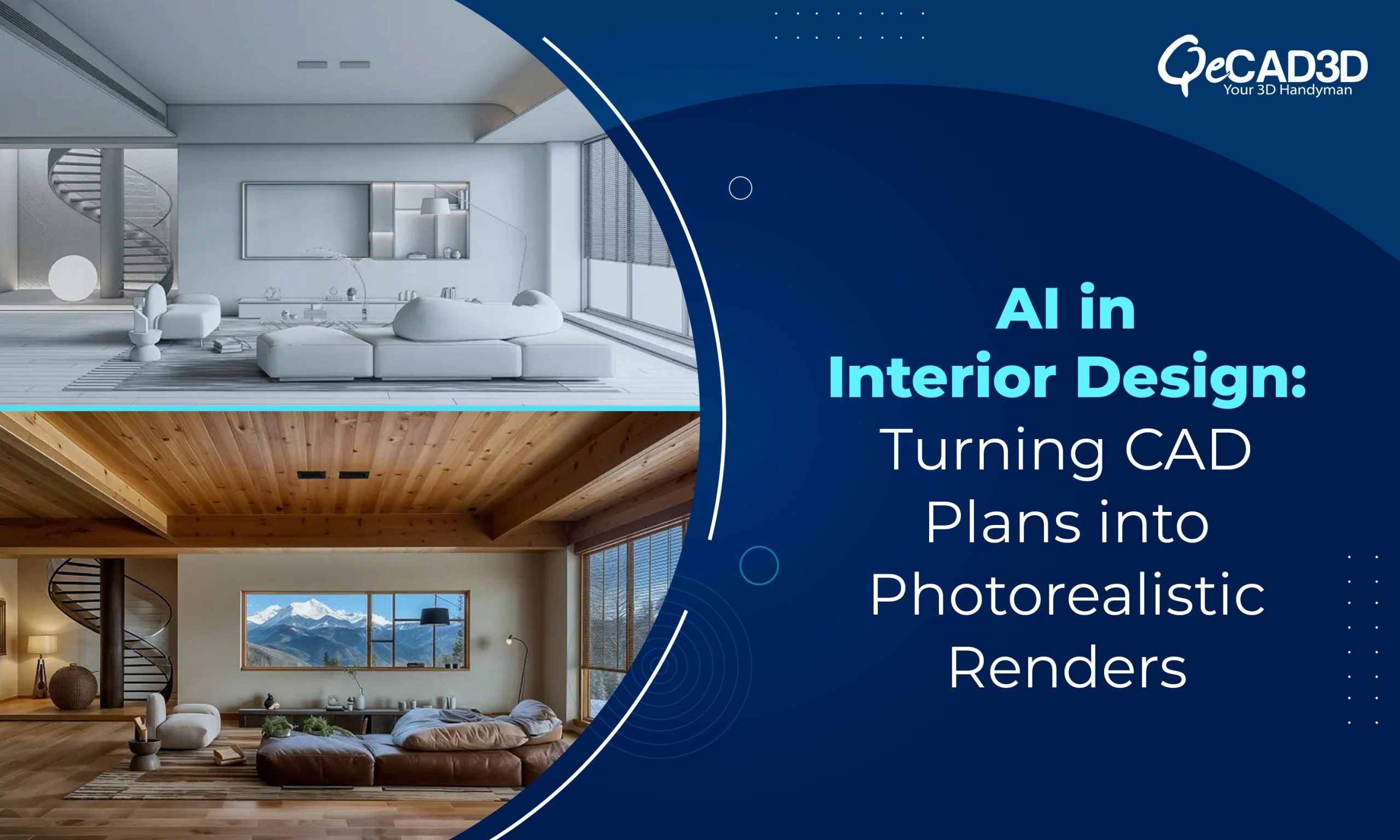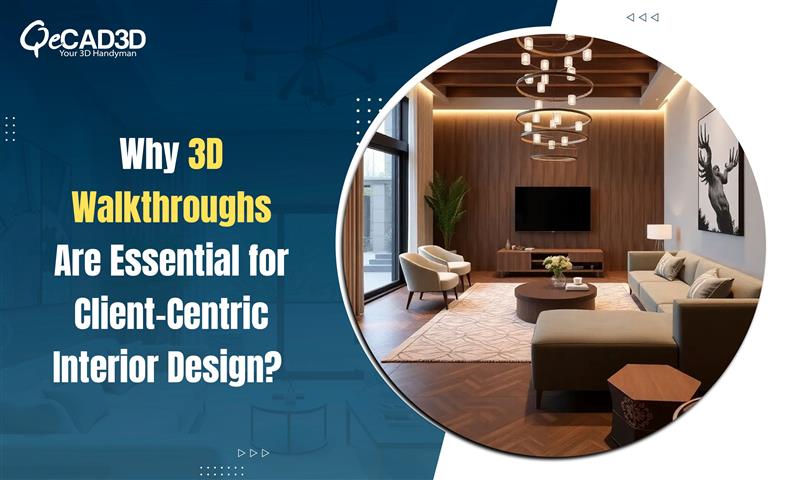The Future of 3D Rendering in the Automotive Industry: What’s Next?
The automotive industry is experiencing a digital transformation where design innovation, consumer engagement and rapid product development have become critical to staying ahead in a highly competitive market. Among the innovations shaping this shift, 3D rendering is leading the charge. Once limited to gaming and entertainment, 3D Rendering Services are now becoming indispensable tools for automotive design, prototyping, marketing and customer experience.
As digital visualization capabilities grow more sophisticated, 3D rendering in the automotive industry is no longer just about pretty pictures—it’s a powerful enabler of efficiency, creativity and customer connection. This blog explores how 3D rendering is reshaping the automotive landscape and what the future holds for this exciting technology.
The Evolution of 3D Rendering in Automotive
Traditionally, the car design involved clay modeling, physical prototypes and complex photo shoots for marketing materials. These approaches, though effective, were time-consuming, expensive and lacked flexibility. With the advent of 3D Visualisation , automakers can now design, visualize and market vehicles with precision and agility thereby saving both time and money.
Modern rendering software like Autodesk VRED, Unreal Engine, KeyShot and Blender allows the teams to create hyper-realistic visuals based on the CAD models. These visuals can showcase vehicles in various lighting conditions, environments and configurations without the need for any of the physical setups. From the initial concept to the final promotional assets, the 3D rendering now supports nearly every stage of the automotive product lifecycle.
Future Trends in Automotive 3D Rendering
As technology advances, 3D rendering services are poised to play an even greater role in the future of automotive design and production. Here are few key trends to lookout for:
1. Real-Time Rendering with AI Assistance
Real-time rendering is becoming faster and more accessible, thanks to the GPU advancements and AI-powered denoising tools. Designers will be able to make some instant changes and receive the feedback in real time hence streamlining the creative process and reducing the project timelines.
AI will also help in generating design variations based on the user preferences, trend analysis as well as the performance data—enabling smarter, data-driven design decisions.
2. Cloud-Based Collaborative Rendering
Cloud rendering platforms are transforming how the different teams collaborate. Multiple stakeholders—designers, engineers and marketers can access and edit the same rendering files simultaneously from different locations. This cloud-native approach increases the flexibility, ensures the version control and also accelerates the project completion.
3. Hyper-Personalization at Scale
As customer expectations for the personalized experiences grow, 3D rendering services will be crucial in enabling the mass customization. Automakers will use the rendering tools to generate visuals for endless combinations of the vehicle options on the fly hence delivering a bespoke preview for every potential buyer.
This flexibility will allow the automotive brands to better cater to the niche markets and create emotional connections with the consumers through the tailored experiences.
4. Virtual and Augmented Reality Integration
AR and VR technologies, powered by the high-fidelity 3D renders will become integral to the car-buying experience. Customers will be able to explore vehicles in virtual showrooms, take immersive test drives and visualize how a new car would look in their own driveway—all from their smartphones or VR headsets.
These technologies will reduce the dependency on the physical dealerships and enhance the digital sales journey.
5. Digital Twins and Lifecycle Management
The future of 3D rendering in the automotive industry extends beyond the sale. Digital twins—accurate 3D representations of the physical vehicles—will be used for ongoing maintenance, performance tracking and even for the software updates. These models will evolve with the vehicle, creating new opportunities for the customer service and product lifecycle management.
Final Thoughts
The automotive industry is in the midst of a rapid transformation, powered by emerging technologies and evolving buyer demands. In this transformation, the 3D rendering services have emerged as a vital component enabling the faster innovation, more immersive experiences along with a seamless digital-to-physical workflow.
As manufacturers continues to embrace the electric vehicles, autonomous driving and connected ecosystems, the 3D rendering will serve as a key enabler of this future bridging the gap between the imagination as well as the reality.
For companies who wants to stay ahead in this fast-moving industry, investing in high-quality 3D rendering capabilities is not just a trend—it’s a strategic necessity. Switch to QeCAD3D to outsource all your rendering needs!






